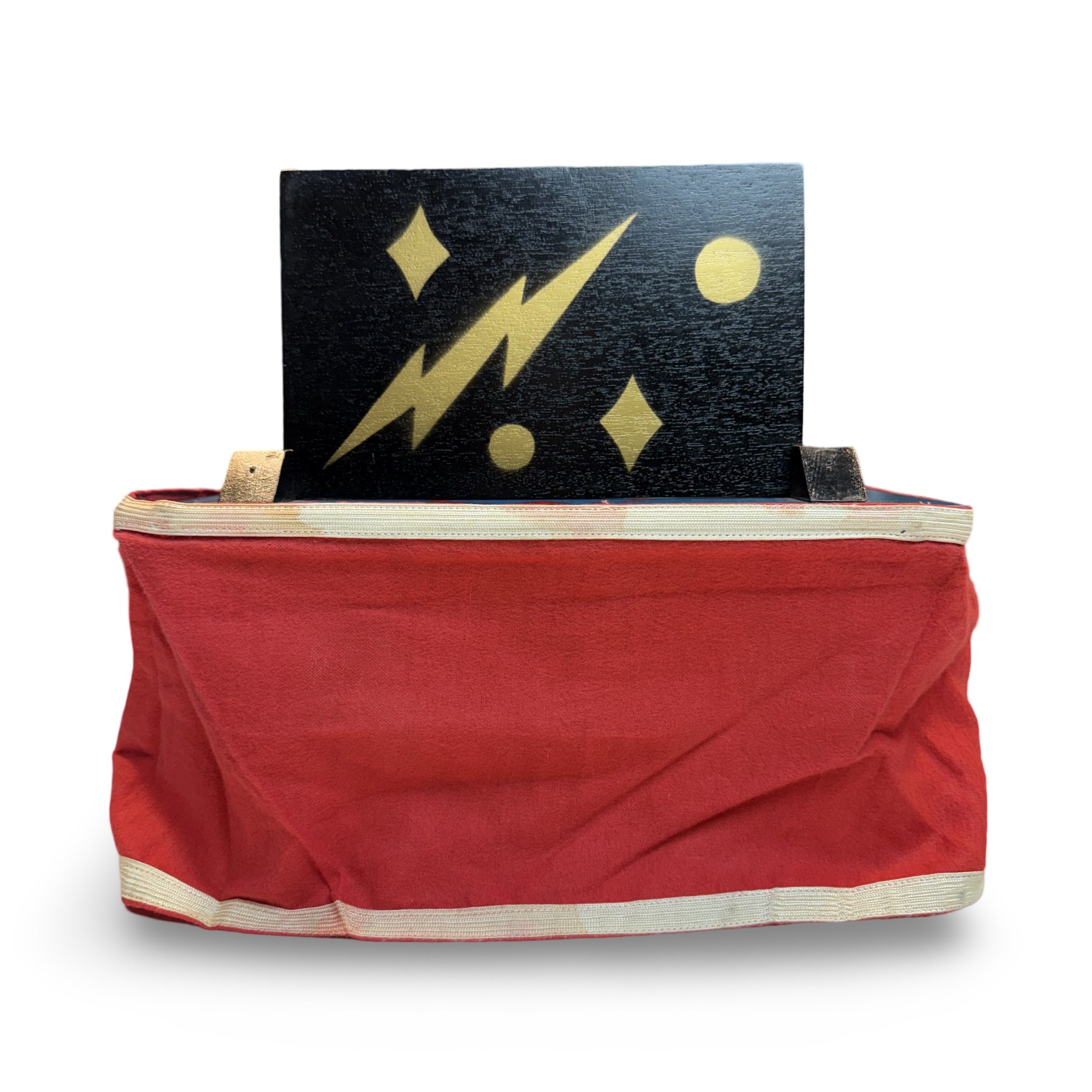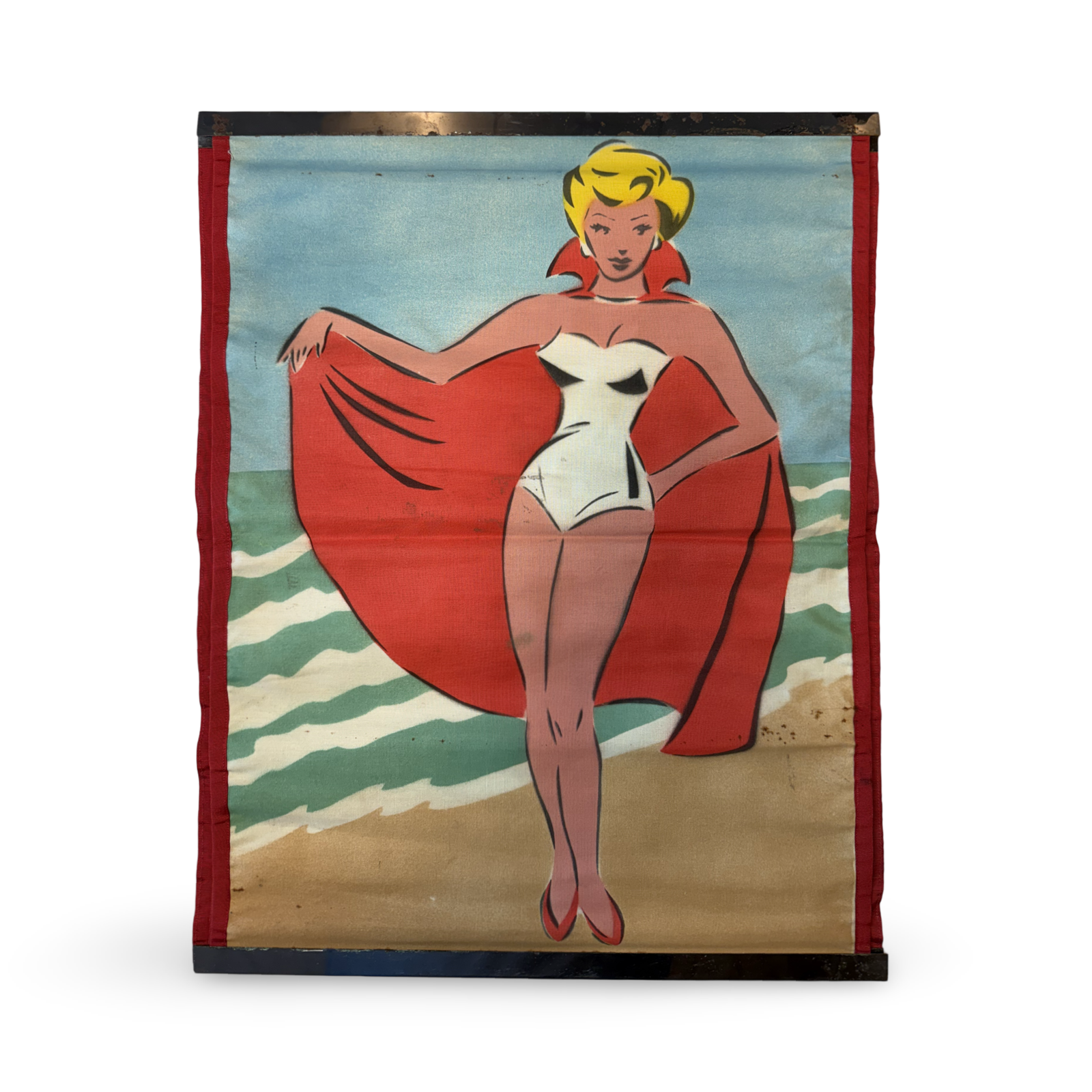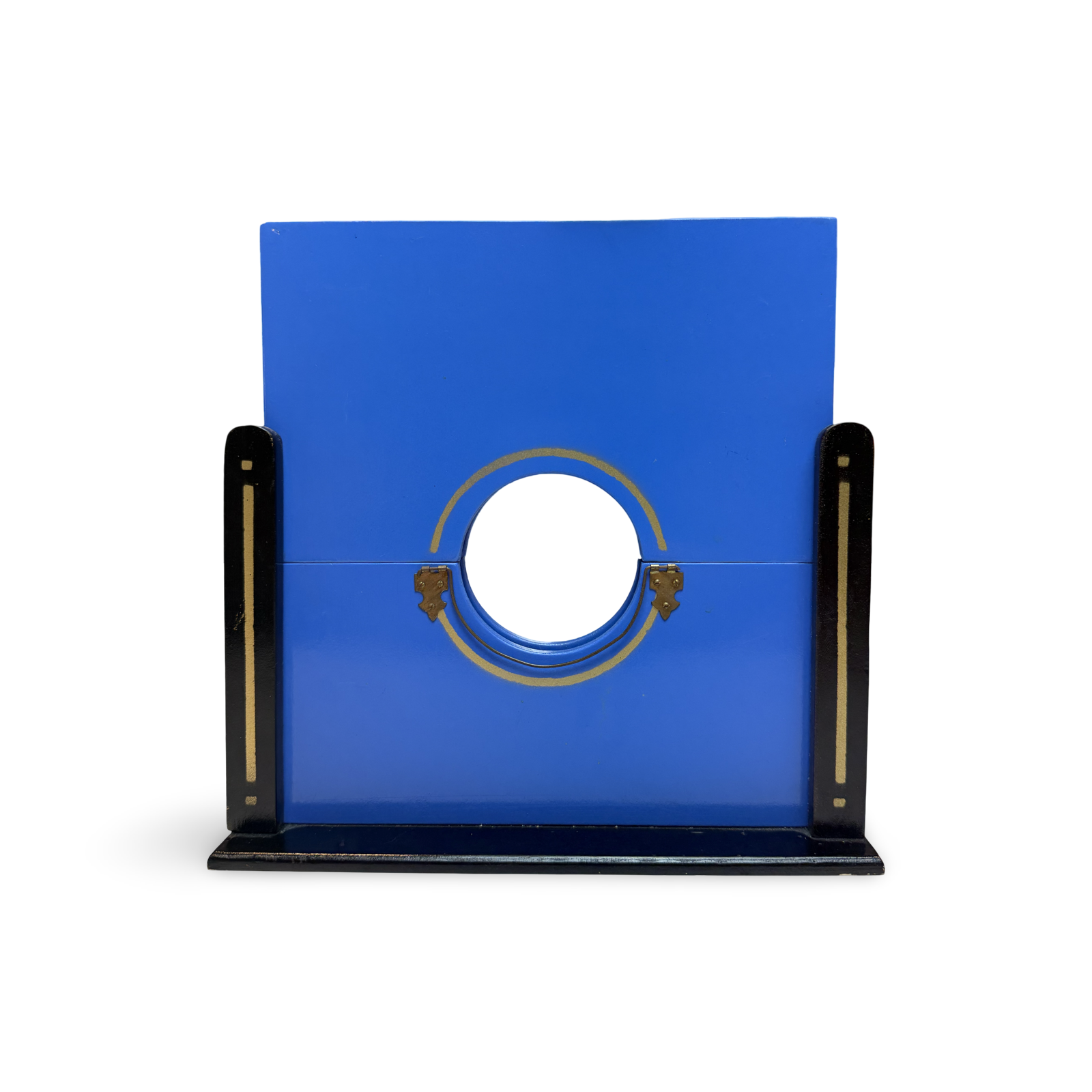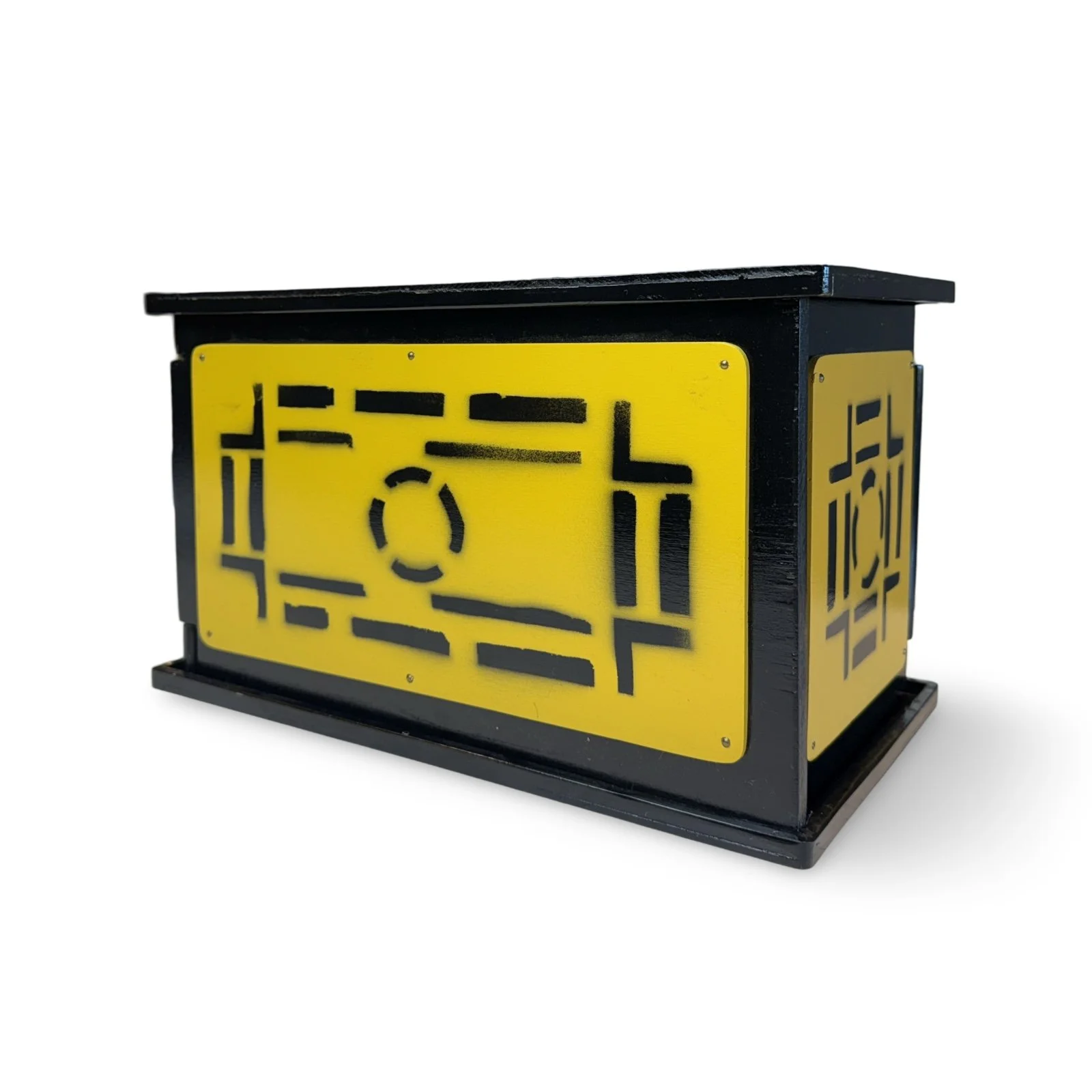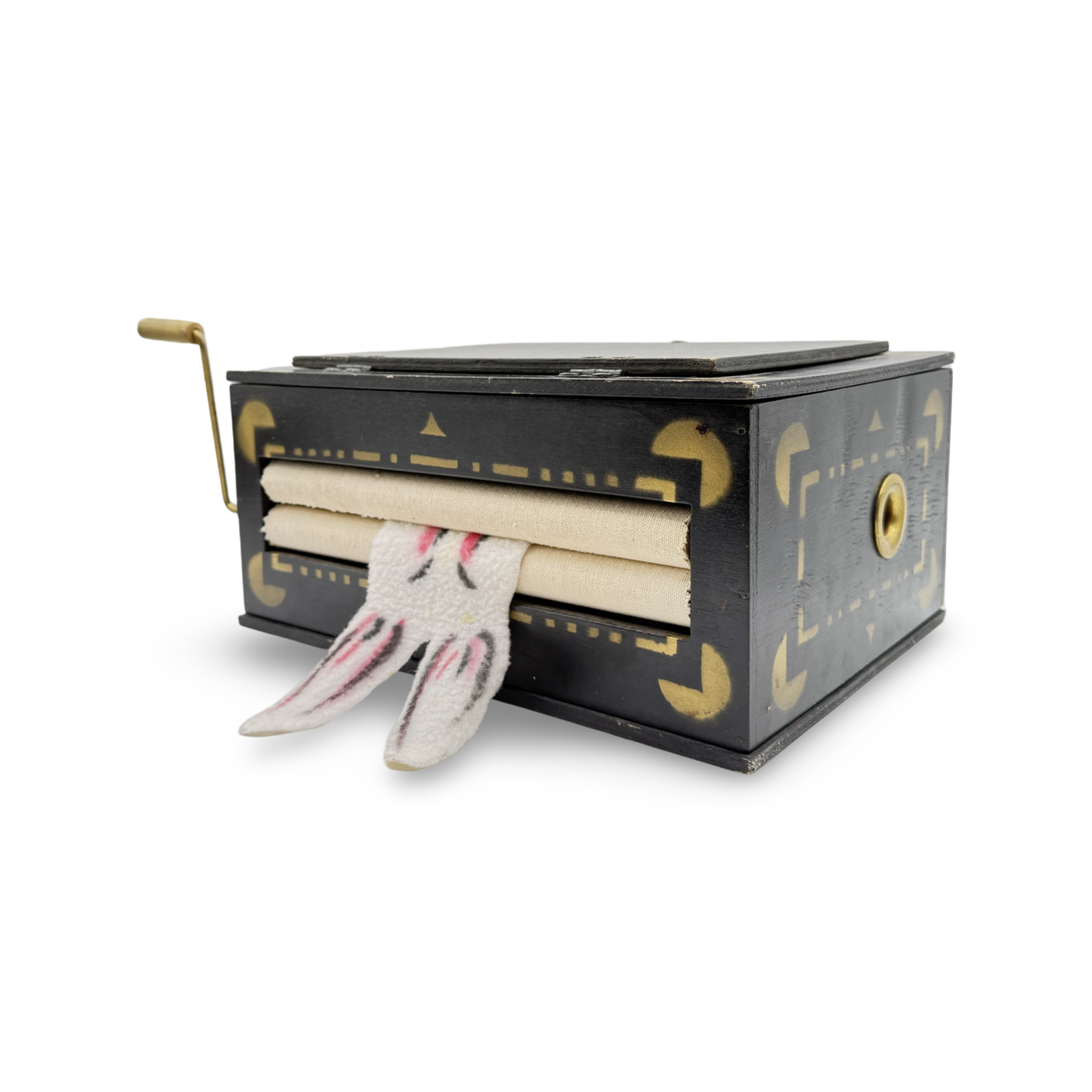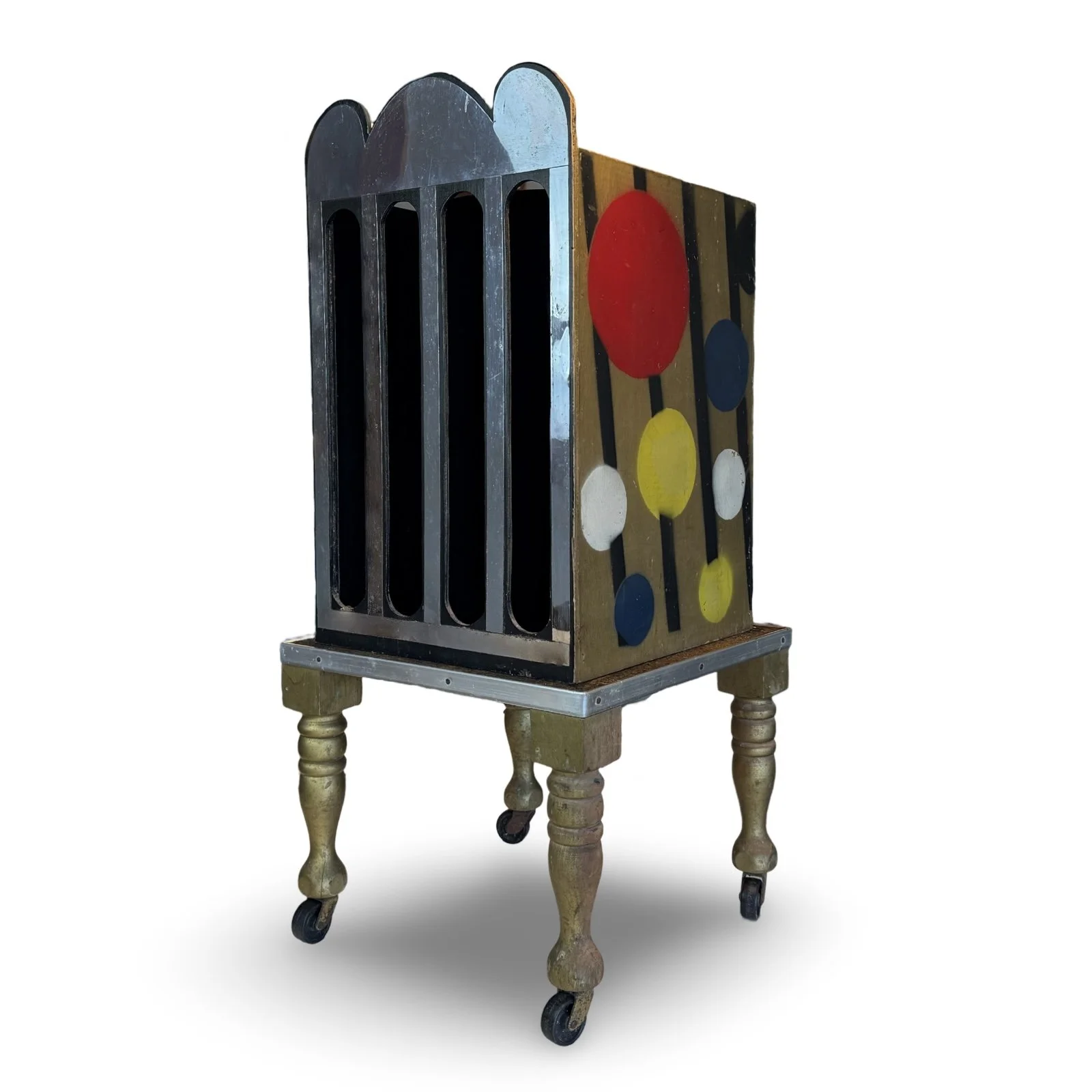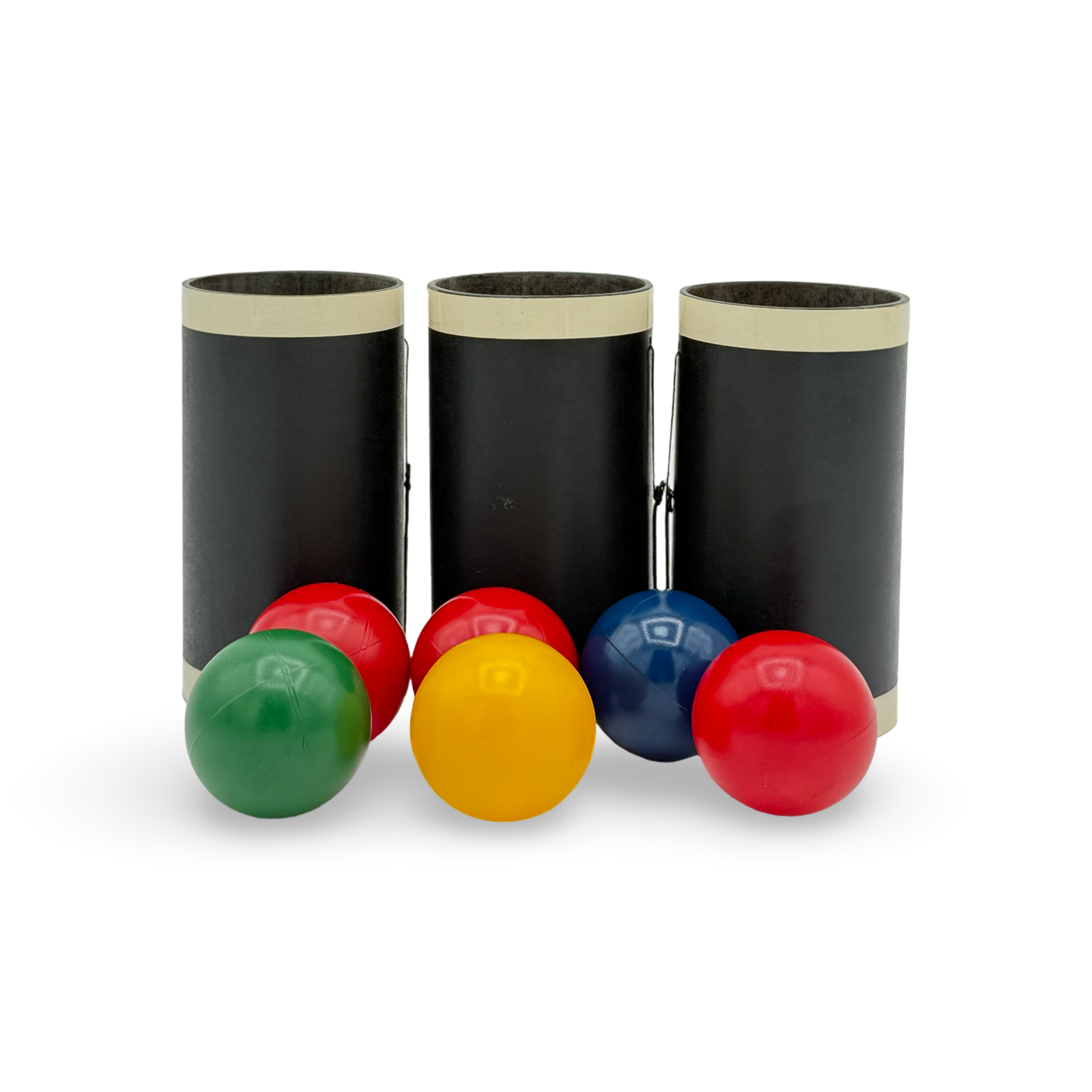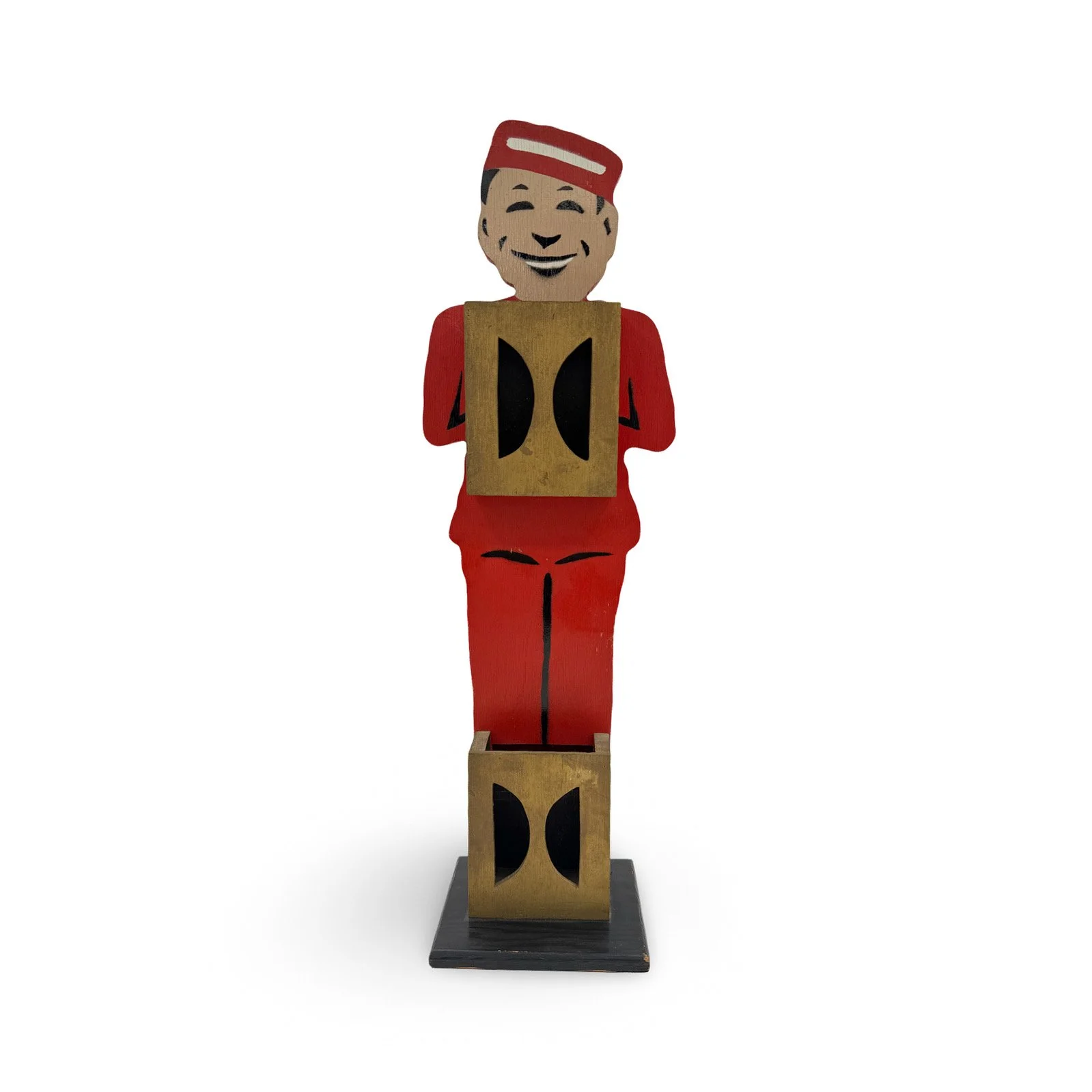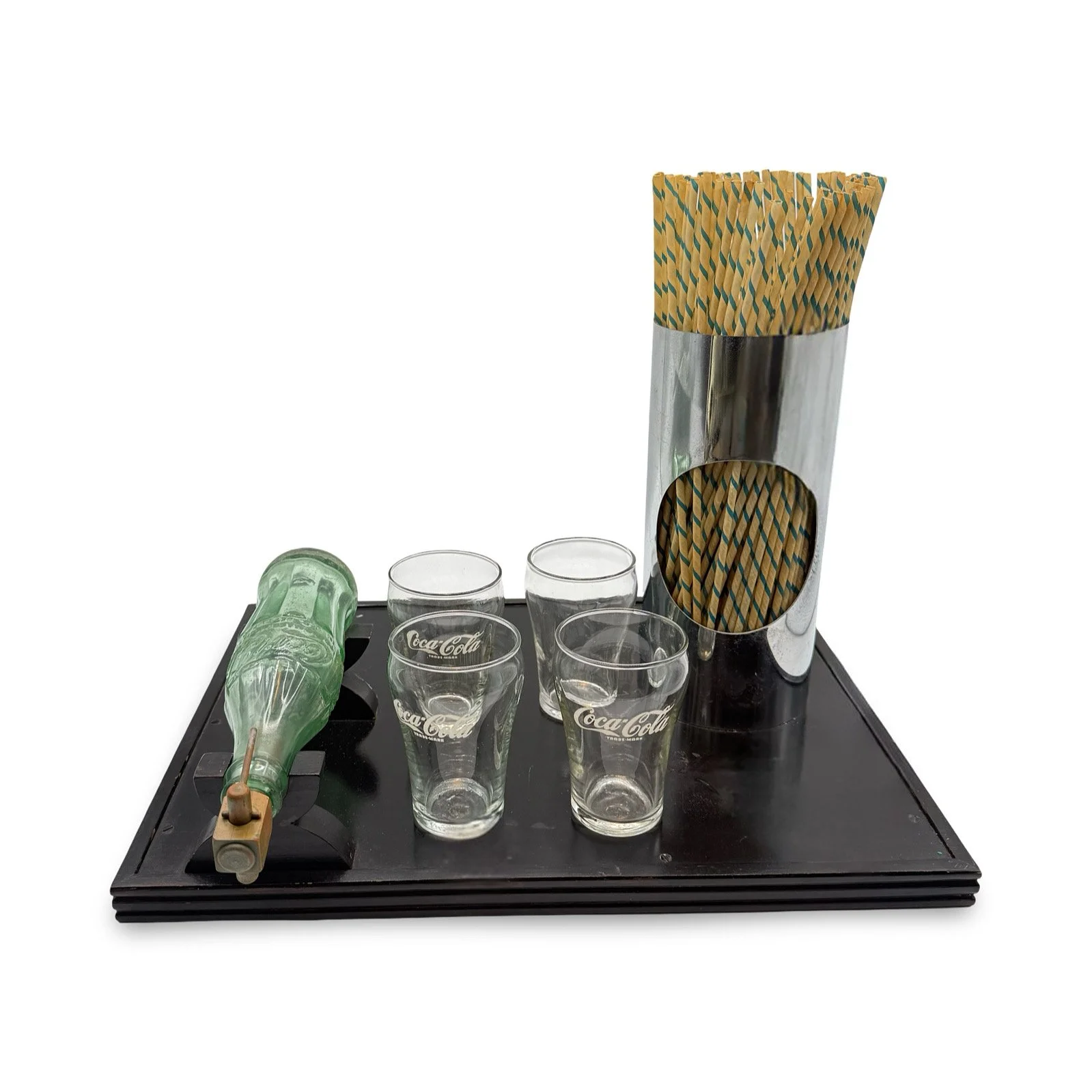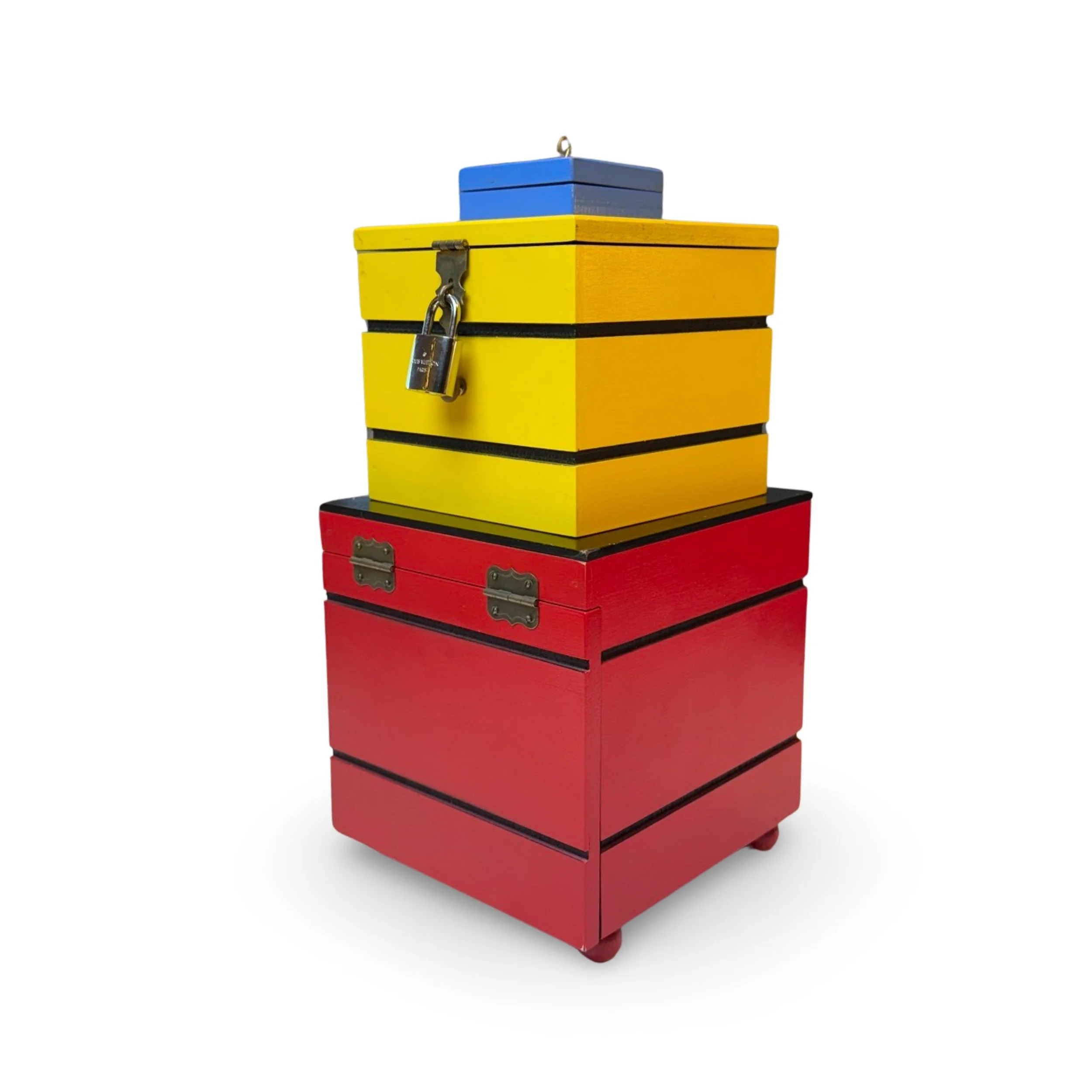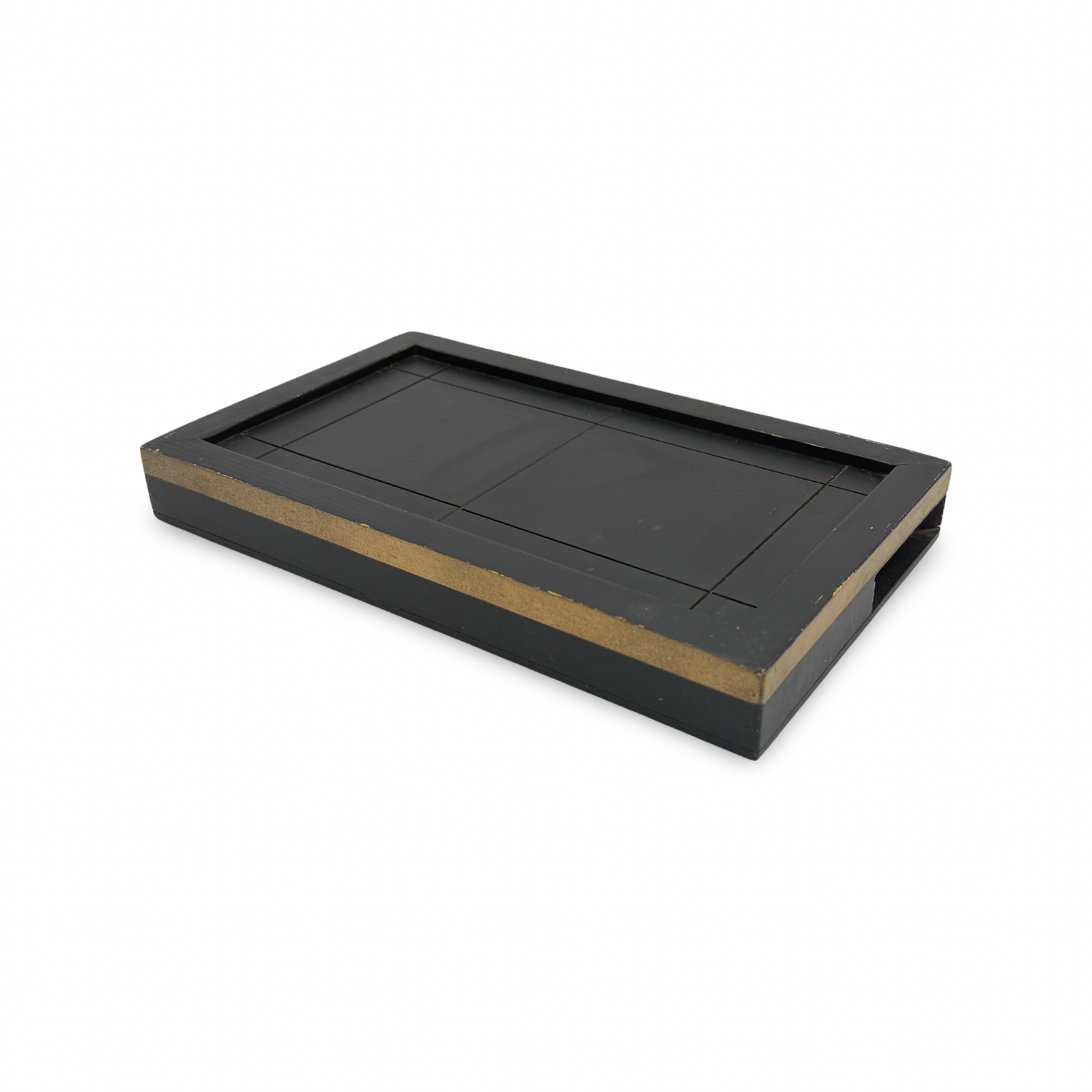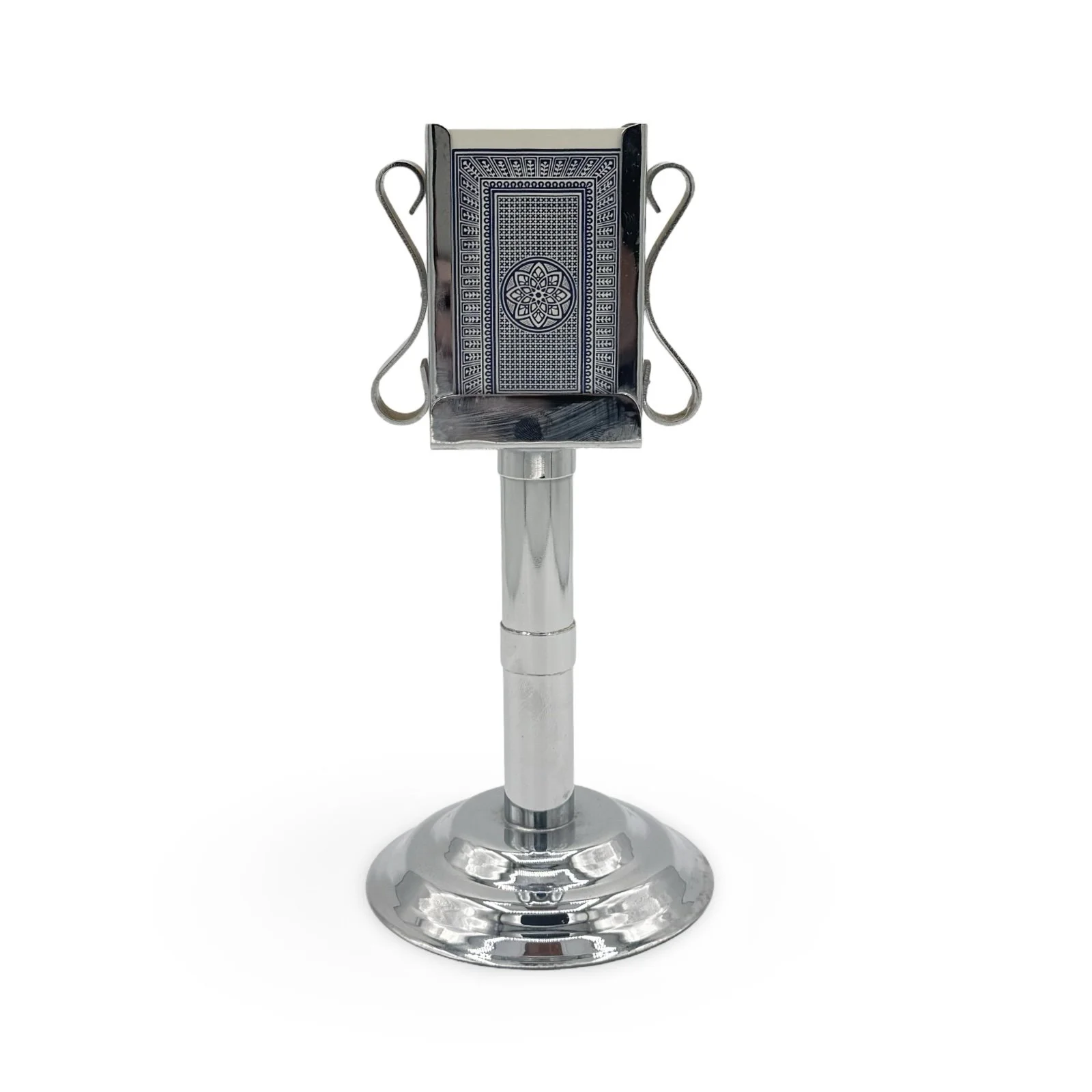Featured Maker
Abbott’s Magic & Novelty
Magic Capital of the World
Founded in 1934 by Australian magician Percy Abbott in Colon, Michigan, Abbott’s Magic & Novelty Company quickly became a cornerstone of the magic community. Partnering with Recil Bordner, Abbott transformed a modest magic shop into a world-renowned manufacturer of magical apparatus. Their commitment to quality and innovation attracted magicians globally, solidifying Colon’s reputation as the “Magic Capital of the World” .
Abbott’s is celebrated for its handcrafted illusions, including unique silk effects, feather flowers, and wooden props. The company’s dedication to originality and craftsmanship has made its products highly sought after by both professional and amateur magicians.
Today, Abbott’s Magic continues to operate from its original location, preserving the rich heritage of magic and inspiring new generations of performers. The vintage items featured on this page are a testament to the enduring legacy of Abbott’s Magic & Novelty Company. Help us improve-click to report errors.
Abbott Magic & Novelty Co. Collection
-
![Abbott's Magic Talking Skull, ca. 1940s]()
Talking Skull, ca. 1940s
Painted papier-mâché skull mounted to a hardwood board clicks its jaw to answer questions, once for yes, and twice for no. Minor wear; very good condition overall.
-
![Abbott's Magic Canary Cage]()
Canary Cage, ca. 1950s
A live canary instantly appears within the wooden, stencil painted cage.
-
![The Lady Vanishes]()
The Lady Vanishes
A “backstage” look into the vanish of a jumbo card, ending with the audience completely fooled.
-
![Abbott's Magic Vase of the Genii]()
Vase of the Genii, ca. 1945
Nickel-plated vase into which water is poured. A moment later, a mammoth production of dry paper coils and silk handkerchiefs is made from inside, followed by a bottle of liquor. A live rabbit is then produced from the coiled paper on the floor. Height 15”. Good condition.
-
![Hippity-Hop Rabbits]()
Hippity-Hop Rabbits
Stencil-painted set of wooden cut-out rabbits for the popular “sucker” trick popularized by Jack Hughes.
-
![Dove Through Glass]()
Dove Through Glass
A live bird passes through a sheet of solid Plexiglas in a decorative wooden holder. Framed Plexiglas panel can be removed from stand and inspected by audience. An uncommon piece from Abbott’s Magic.
-
![Abbott's Magic Church Silk Cabby]()
Church Silk Cabby
A small wooden cabinet designed to resemble a church is shown empty all the way through before a large production or vanish of silks is made. Removable steeple, no instructions.
-
![Abbott's Magic Bathing Beauty]()
Bathing Beauty
This perennial small apparatus trick focuses on a banner showing a young woman at the seaside. The banner is rolled up and a piece of her costume is removed from the roll. Each time this is done, the banner is unrolled to show the picture of the woman has altered accordingly.
-
![Tipsy-Turvy Bottles Abbott’s Magic Novelty]()
Tipsy-Turvy Bottles, ca. 1950s
The spectator's bottle and the magician's are never in sync as the tubes are turned back-and-forth. Mechanical version with metal bottles in chromed tubes.
-
![Abbott's Magic Miracle Cage Vanish]()
Miracle Cage Vanish, ca. 1960s
A beautifully made bird cage containing live doves is covered with a cloth and made to vanish. Includes super sonic table base and cloth. Height 31”. A very nice example.
-
![Abbott's Magic Soft Glass, 2025]()
Soft Glass, 2025
A window divided into four panes is covered with shutters and the magician pushes a needle and ribbon through all four sections of glass. As a finale, the sheet of glass is lifted up out of the frame while the ribbon is still threaded through the glass, apparently passing through all four sections of ribbon.
-
![Abbott's Magic Billiard Ball Stand]()
Billiard Ball Stand, ca. 1950s
Billiard Ball Stand. Colon, Abbott’s Magic, ca. 1950. Mechanical stand facilitates the production of red billiard balls from mid-air. 17” tall.
-
![Cabinet of Foo]()
Cabinet of Foo
A small cabinet on a low stand is shown empty; after its doors have been closed, a substantial production is made from within. Measures approx. 17 x 12 x 10”. Very good condition overall with some visible signs of use and age.
-
![Abbott's Magic La Paloma]()
La Paloma, ca. 1960s
A large metal blade with a hole in its center penetrates a live dove or inflated balloon held within the wooden stocks.
-
![Abbott's Magic Box of Pam]()
Box of Pam, ca. 1960s
A box is disassembled and both hinged sides are shown, yet upon reassembly, a large production is made from within. Invented by Gerald Taylor of Australia.
-
![Abbott's Magic Talking Skull]()
Talking Skull, ca. 1970s
Imitation skull raps out answers to questions, once for yes, twice for no. Grant-style gimmick.
-
![Abbott's Magic Mirror Box]()
Mirror Box, ca. 1970s
A number of silks or other objects are produced from within the wooden cabinet previously shown empty. 11 x 7 ½ x 7 ½
-
![Abbott's Magic Rabbit Wringer]()
Rabbit Wringer, ca. 1960s
A rabbit placed in the box is wrung out of the rollers in a flattened condition. The box is then flipped open to show that the live animal has vanished. 12 x 10 x 5”. Includes flat rabbit. No rabbits are harmed in the flattening process.
-
![Abbott's Magic Spectacular Production]()
Spectacular Production, ca. 1950-1960s
Large, stage-size square circle illusion. Chrome production cylinder. Mirror-finish front of box design.
-
![Elusive Spheres. Abbott’s, ca. 1960s]()
Elusive Spheres
Classic Abbott’s mystery by Cecil Ketch: a red ball placed under one of three tubes jumps to another, defying every guess. Tubes 2” × 3 7/8”.
-
![Crystal Goblet (Ink to Goldfish). Abbott’s Magic Novelty Co., ca. 1940s.]()
Ink to Goldfish
A striking transformation: black ink poured into a clear glass goblet visibly turns to water—now shimmering with live goldfish. Complete with hand-blown glass goblet, internal gimmick, and painted wooden base. This is the scarcer early version, fully glass, predating the later plastic models. Ca. 1940s.
-
![Color Changing Fan. Abbott’s Magic, ca. 1950s]()
Color Changing Fan
A fan changes colors in succession—yellow to red, then green, and finally blue. Black cover with gold trim and gold tassels. Measures approximately 9” in length. Excellent condition, ca. 1950s.
-
![Abbott's Magic Attaboy, ca. 1940s-1950s]()
Attaboy
Designed by Jack Hughes in the 1930s and manufactured by Abbott’s under exclusive U.S. rights.
Attaboy identifies selected cards through a clever mechanical method—no switches, no sleights, and just one deck (borrowed, if you like).
A classic of mid-century children’s and parlor magic—and a standout piece for collectors of Abbott’s and Hughes apparatus.
-
![Coke of Plenty. Abbott’s Magic Company, ca. 1960s.]()
Coke of Plenty
A imaginative piece from Abbott’s, this classic liquid trick features an empty Coca-Cola bottle resting on wooden trestles atop a tray. A brass spigot is inserted into the bottle, and when turned, it seemingly pours real Coca-Cola—followed by orange juice and, as a whimsical finale, chocolate milk. A scarce and desirable piece of Abbott apparatus, ca. 1960s.
-
![Buried Treasure (Bean Box). Abbott’s Magic Mfg. ca. 1970s]()
Buried Treasure
Buried Treasure (Bean Box). Abbott’s Magic Mfg. (Arturo), ca. 1970s
Borrowed coin reappears inside the innermost of three nested, brightly lacquered wooden boxes. Largest box 5 x 6 x 6 inches. Minor wear; excellent condition. Arturo hallmark.tion goes here
-
![Abbott's Magic Confetti Vase]()
Confetti Vase
Abbott’s Magic Novelty Co., ca. 1940. A spun metal vase is packed to the brim with confetti, then sealed with a lid. When the lid is removed, the confetti has transformed into a live canary. Finely crafted in brass with a modernistic crackle finish and vivid red lacquer base and interior. Stands 6 ½” tall. A scarce piece of classic Abbott apparatus.
Inventory number K228 from Ken Klosterman’s Salon de Magie
-
![]()
Nu Mystic Links, ca. 1940s
A beautiful visual transposition of matter and motion. The magician displays a quantity of loose metal links, freely poured from a glass onto a wooden tray for all to see. The links are counted or stirred about to show they are unconnected. The performer then returns them to the glass, sets the tray aside, and raises the glass high.
With a graceful toss into the air, the mass of links seems to fuse in midair—landing in the magician’s hands as a single solid chain. A striking piece of parlor magic in the Abbott’s tradition, combining simple means with dramatic effect.
-
![]()
Nu-Power Rising Card, ca. 1960s
Selected cards rise from a chromed brass houlette while the magician stands at a distance. Unlike most versions, this model requires no magnets, wires, or thread. Chrome-plated brass, for bridge-size cards.



